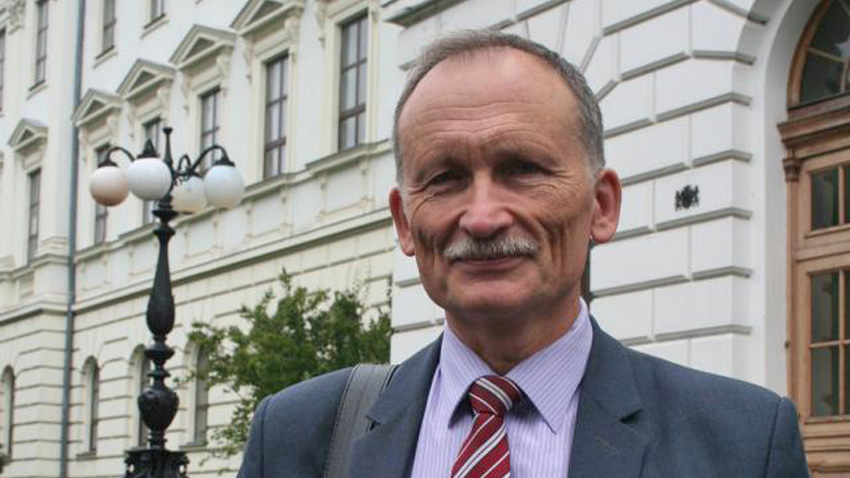Lviv Polytechnic National University began to restore its underground passages connecting the main building (12 Bandery St.), II (6 Karpinskoho St.) and IV (5 Mytropolyta Andreia St.) academic buildings and the canteen three days before the beginning of a full-scale Russian invasion. It is a system with an area of about 1,200 square meters and a length of more than 300 meters. The crossings were built in the 1970s at the height of the Cold War. And during the Russian-Ukrainian war, they became relevant again.
What is the history of the construction of underground passages of Lviv Polytechnic which can serve as a shelter, how many people can be there at the same time and whether it is safe to hide there in case of shelling or even a nuclear threat, the editors of Tvoemisto.tv asked Professor Ihor Hnes, the head of the Department of Architectural Constructions, the Institute of Architecture and Design.
Ihor Hnes has been the head of this Department for almost 30 years. He designed the University’s dormitories and canteen, Spartak and Romantyk sports complexes and a huge number of residential buildings in Lviv.
Read the full text in the article Secrets of Lviv Polytechnic underground passages on the Tvoemisto portal.
